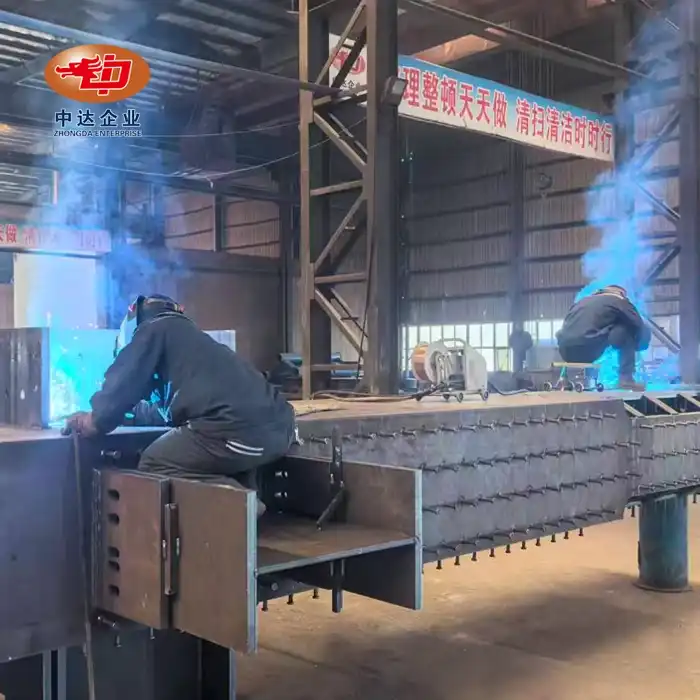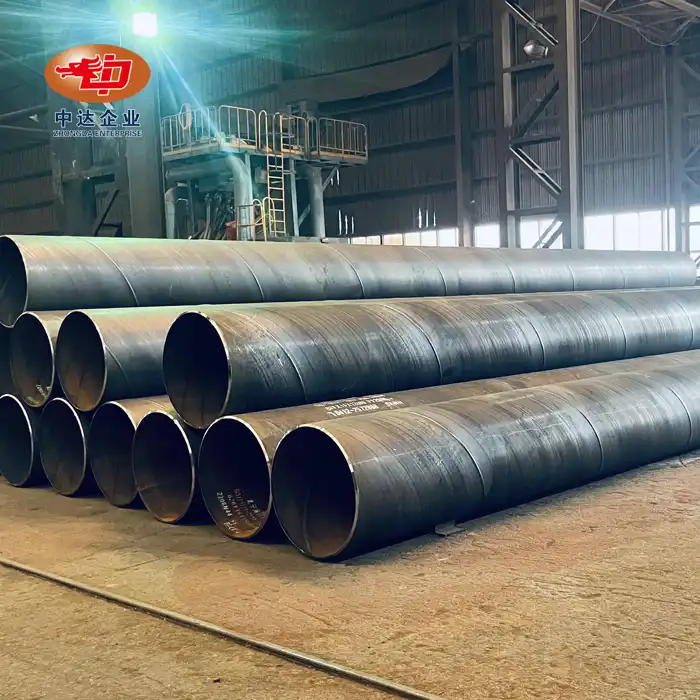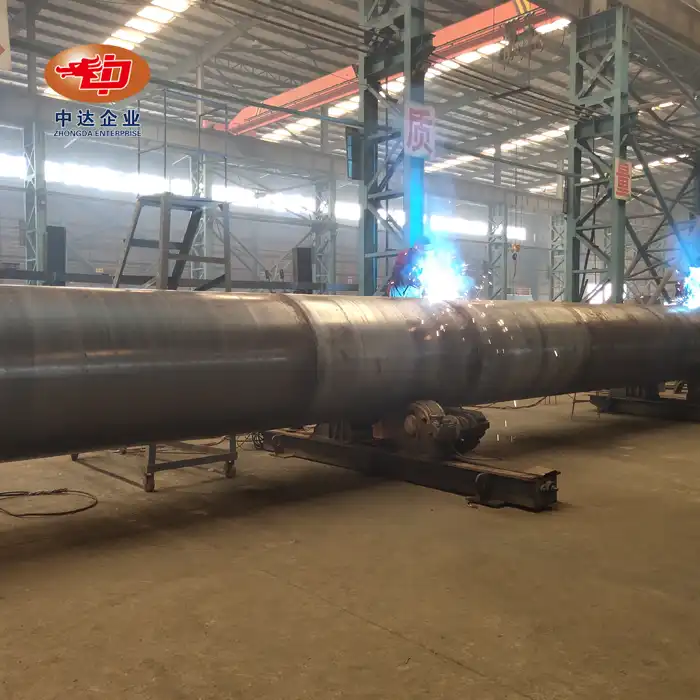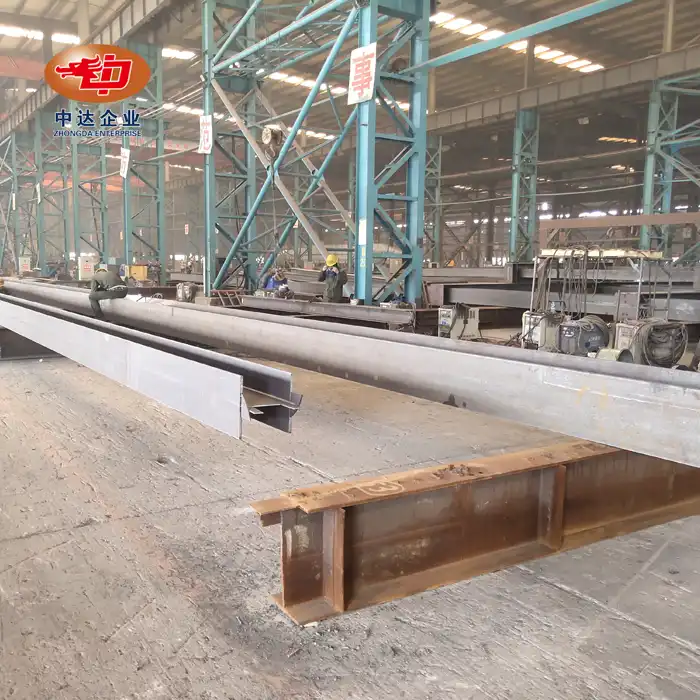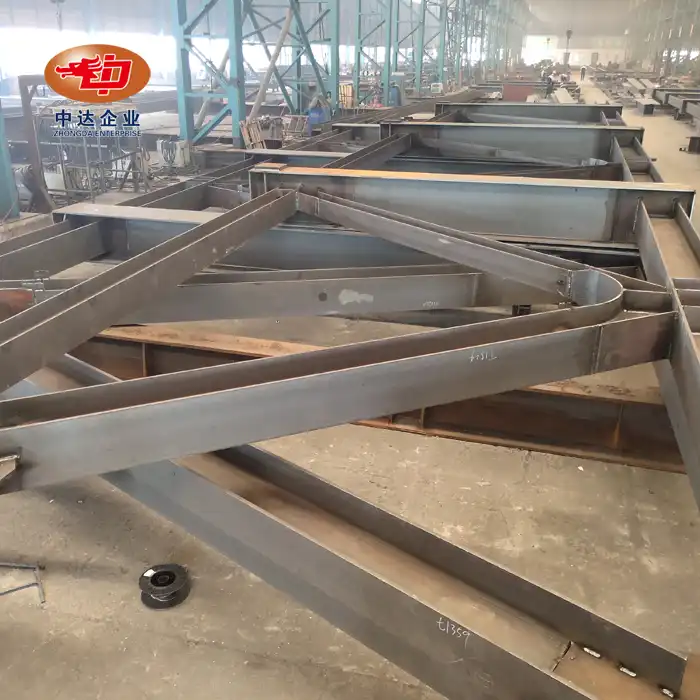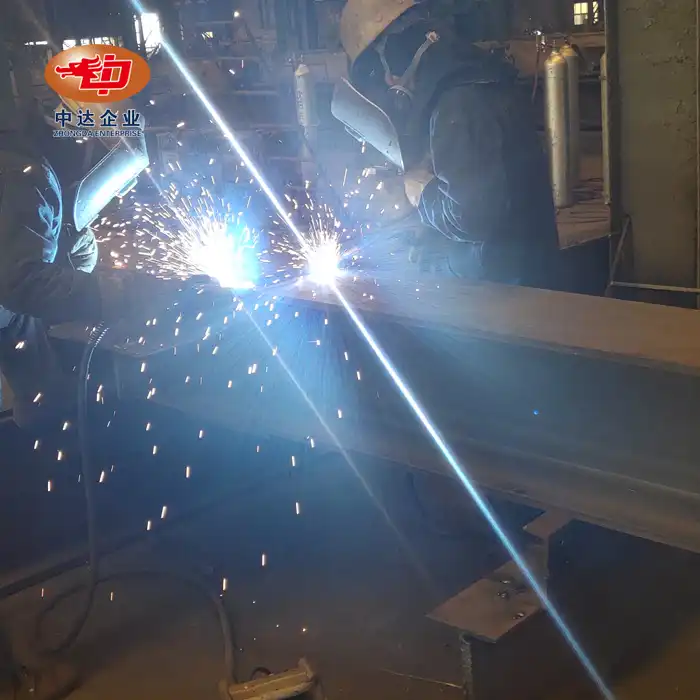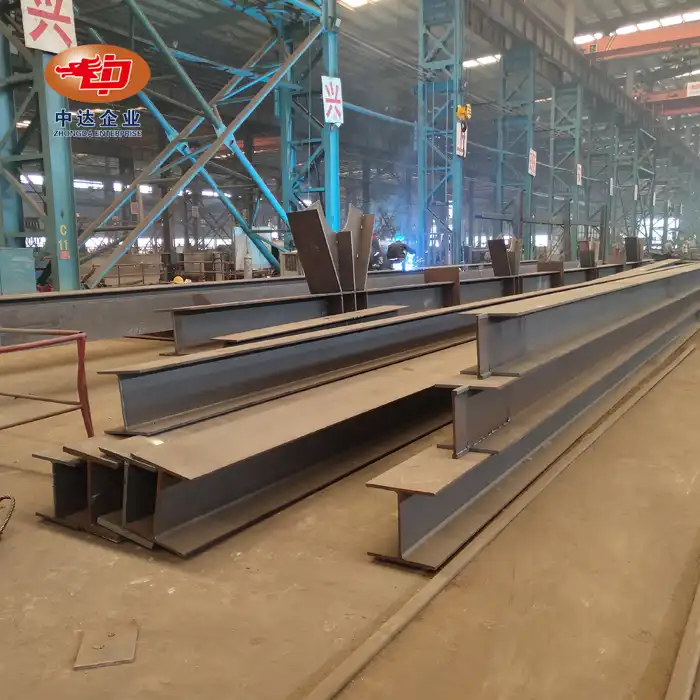
Best Practices for Designing Outdoor Sound Barrier
Designing effective outdoor sound barriers requires a blend of acoustic engineering, aesthetic considerations, and practical implementation. Key best practices include using composite materials for optimal noise reduction, ensuring customizability to fit diverse environments, and adhering to rigorous certifications for quality assurance. Innovative designs featuring perforated galvanized steel outer layers combined with high-density glass wool cores can achieve noise reduction coefficients (NRC) up to 0.81. Modular construction allows for easy installation and adaptability, while arc-top designs and integrated safety features enhance functionality for various applications like highways and rail transit systems.
Material Selection and Composition for Maximum Noise Reduction
Composite Structures: The Foundation of Effective Barriers
When it comes to outdoor sound barriers, the choice of materials plays a crucial role in their effectiveness. Composite structures have emerged as the gold standard, combining the strength of metal with the sound-absorbing properties of insulating materials. A prime example is the use of a 2mm galvanized steel outer layer paired with a glass wool inner core. This combination offers durability against the elements while providing superior noise reduction capabilities.
The outer steel layer, typically perforated at a rate of 23-30%, allows sound waves to penetrate the barrier. Once inside, these waves encounter the high-density glass wool core, which absorbs and dissipates the sound energy. This ingenious design can achieve a noise reduction coefficient (NRC) of up to 0.81, significantly mitigating environmental noise pollution.
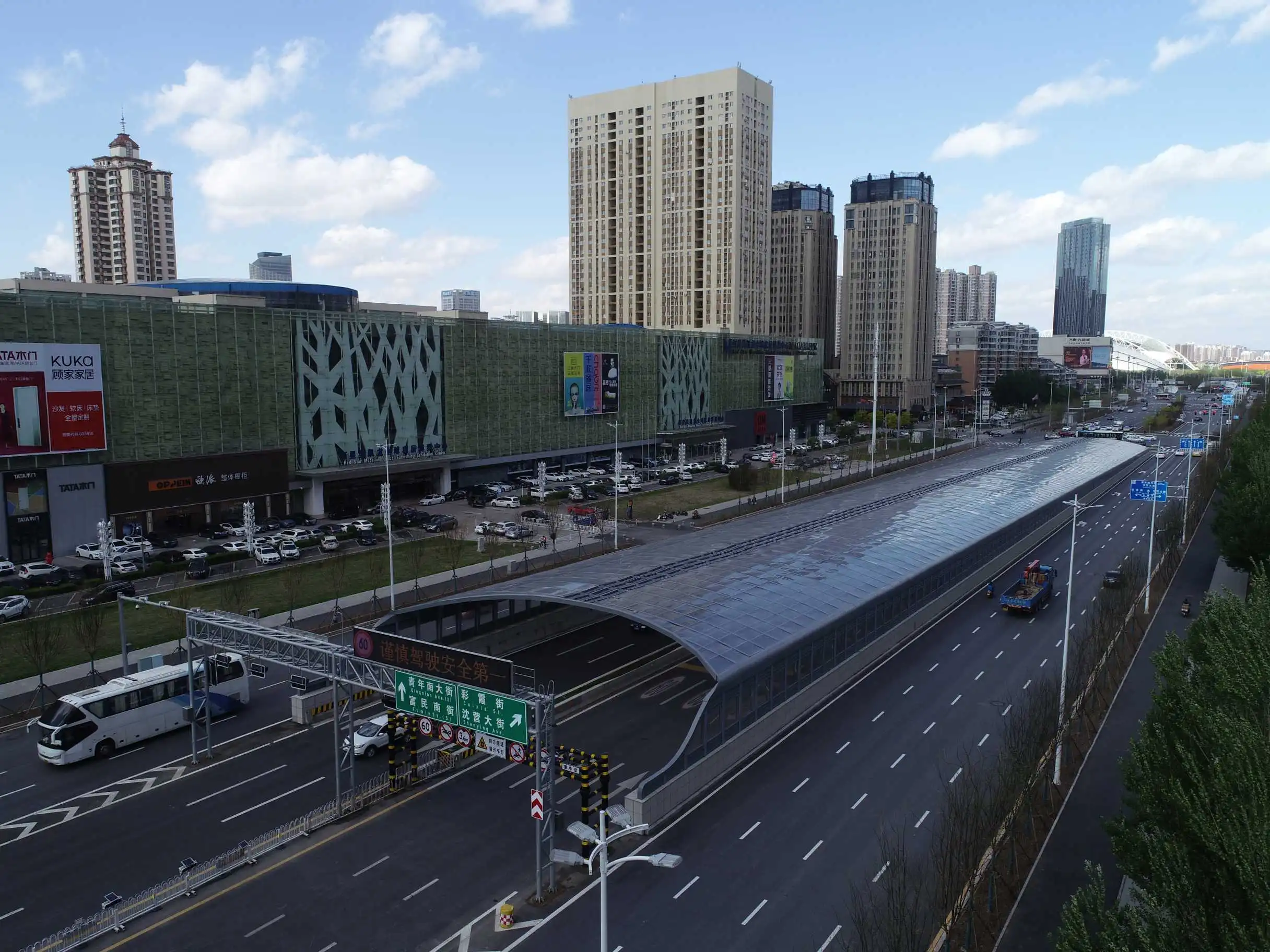
Perforation Rates: Finding the Right Balance
The perforation rate of the outer steel layer is a critical factor in the barrier's performance. A rate between 23-30% has been found to offer an optimal balance between sound penetration and structural integrity. This range allows enough sound to enter the absorptive core while maintaining the barrier's strength and weather resistance.
Engineers must carefully consider the specific noise profile of the area when determining the ideal perforation rate. For instance, areas with predominantly low-frequency noise might benefit from a slightly higher perforation rate to allow more sound energy to reach the absorptive core.
Density Matters: The Role of Glass Wool
The inner core of glass wool is equally important in the barrier's performance. A density of around 48kg/m³ has proven effective in absorbing a wide range of frequencies. This high-density material creates a labyrinth of fibers that trap sound waves, converting their energy into heat through friction.
The thickness of the glass wool layer also impacts its effectiveness. Generally, thicker layers perform better at absorbing lower frequencies, which are often the most problematic in urban and industrial environments. However, designers must balance thickness with practical considerations such as overall barrier weight and cost.
Customization and Modular Design for Versatile Applications
Modular Construction: Flexibility Meets Efficiency
One of the key advantages of modern outdoor sound barriers is their modular design. This approach allows for easy customization to fit various environments and project requirements. Typical modules range from 2 to 6 meters in length, offering flexibility in installation and future modifications.
Modular construction significantly reduces on-site assembly time, minimizing disruption to surrounding areas during installation. It also allows for easier maintenance and replacement of individual sections if needed, enhancing the long-term cost-effectiveness of the barrier system.

Aesthetic Considerations: Blending Function with Form
While the primary function of sound barriers is noise reduction, their visual impact cannot be overlooked. Modern barriers offer a wide range of aesthetic options to help them blend with their surroundings or even enhance the local landscape. Options include various colors (with over 200 choices available in some systems), textures, and even the integration of custom designs or logos.
For urban areas, designers might opt for sleek, modern finishes that complement contemporary architecture. In more natural settings, earth tones and textured surfaces can help the barrier harmonize with the environment. Some advanced systems even incorporate green walls or artistic elements, turning the barrier into a visual asset for the community.
Performance Customization: Tailoring to Specific Needs
Beyond aesthetics, the performance characteristics of outdoor sound barriers can be customized to meet specific project requirements. This includes adjusting the vertical noise reduction capabilities, which can reach up to 25dB(A) in some systems. Engineers can fine-tune the barrier's performance by altering factors such as height, angle, and material composition to address the unique acoustic challenges of each site.
For areas with extreme weather conditions, additional customizations may include enhanced wind resistance (up to 1.2kN/㎡ for highway applications) or specialized coatings for UV protection. These tailored solutions ensure that the barrier remains effective and durable in its specific environment.
Certifications and Testing: Ensuring Quality and Compliance
EU CE Certification: Meeting European Standards
Adherence to recognized standards is crucial in the design and implementation of outdoor sound barriers. The EU CE certification, particularly under the EN 14388 standard, is a key benchmark for quality and performance. This certification ensures that barriers meet stringent European requirements for road traffic noise reducing devices.
The EN 14388 standard covers various aspects of barrier performance, including acoustic properties, structural integrity, and long-term durability. Compliance with this standard gives project managers and local authorities confidence in the barrier's effectiveness and safety.
Weather Resistance Testing: Ensuring Long-Term Performance
Outdoor sound barriers must withstand a variety of environmental challenges. Weather resistance testing, such as the SGS 2000-hour UV resistance test, is crucial in predicting and ensuring the long-term performance of these structures. This testing simulates years of sun exposure, helping to guarantee that the barrier's materials and coatings will not degrade prematurely.
In addition to UV resistance, barriers should undergo testing for resistance to other weather elements such as rain, wind, and temperature fluctuations. This comprehensive testing approach ensures that the barrier will maintain its acoustic and structural integrity over its intended lifespan.
Continuous Monitoring and Improvement
The design and manufacturing of outdoor sound barriers is an evolving field. Continuous performance monitoring of installed barriers provides valuable data for ongoing improvement. This might involve acoustic testing under various conditions, structural inspections, and gathering feedback from local communities.
Leading manufacturers invest in research and development to refine their designs based on this real-world data. This iterative process leads to innovations in materials, construction techniques, and barrier designs, continuously improving the effectiveness and efficiency of outdoor sound barrier solutions.
Conclusion
Designing effective outdoor sound barriers requires a multifaceted approach that balances acoustic performance, aesthetic considerations, and practical implementation. By utilizing composite materials, embracing modular design principles, and adhering to rigorous quality standards, engineers and planners can create barriers that significantly reduce noise pollution while enhancing the urban landscape. As technology and materials science continue to advance, we can expect even more innovative and effective solutions in the field of outdoor sound barrier design.
FAQs
What is the typical noise reduction capability of modern outdoor sound barriers?
High-quality barriers can achieve vertical noise reduction up to 25dB(A), with some systems reaching a noise reduction coefficient (NRC) of 0.81.
How customizable are outdoor sound barriers?
Modern barriers offer extensive customization, including modular sizes from 2-6m, over 200 color options, and adjustable perforation rates between 23-30%.
What certifications should I look for when selecting outdoor sound barriers?
Key certifications include EU CE (EN 14388) for overall quality and SGS 2000h UV resistance for durability.
Best Practices for Designing Outdoor Sound Barrier | Zhongda Steel
At Zhongda Steel, we leverage our expertise in precision steel solutions to manufacture top-tier outdoor sound barriers. Our state-of-the-art facility, equipped with CNC ultra-thick plate cutting technology and automated welding lines, ensures unparalleled quality and efficiency. We offer customizable, high-performance barriers with NRC up to 0.81, 25dB(A) noise reduction, and modular designs for easy installation. Trust our ISO-certified processes and innovative R&D team to deliver superior sound barrier solutions for your projects. Contact us at Ava@zd-steels.com for cutting-edge noise mitigation solutions from a leading sound barrier manufacturer and factory.
References
Kotzen, B., & English, C. (2009). Environmental Noise Barriers: A Guide to Their Acoustic and Visual Design. CRC Press.
Palma, M. J., & Samagaio, A. (2018). Acoustic performance of innovative noise barrier designs. Applied Acoustics, 131, 79-91.
Highway Noise Barrier Design Handbook. (2017). U.S. Department of Transportation, Federal Highway Administration.
Yang, H. S., Kang, J., & Cheal, C. (2013). Random-Incidence Absorption and Scattering Coefficients of Vegetation. Acta Acustica united with Acustica, 99(3), 379-388.
European Committee for Standardization. (2005). EN 14388: Road traffic noise reducing devices - Specifications.
Oltean-Dumbrava, C., Watts, G., & Miah, A. (2016). Towards a more sustainable surface transport infrastructure: A case study of the barrier design for the HS2 railway, UK. Journal of Cleaner Production, 112, 3484-3498.
YOU MAY LIKE










